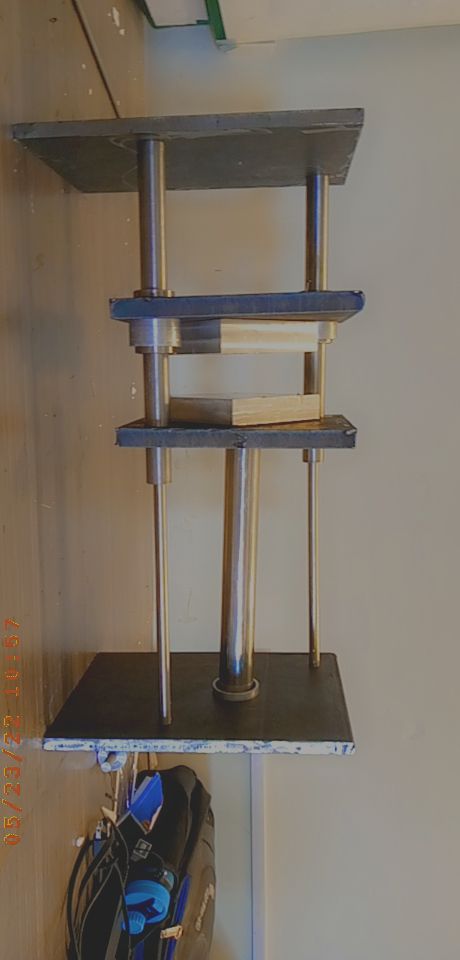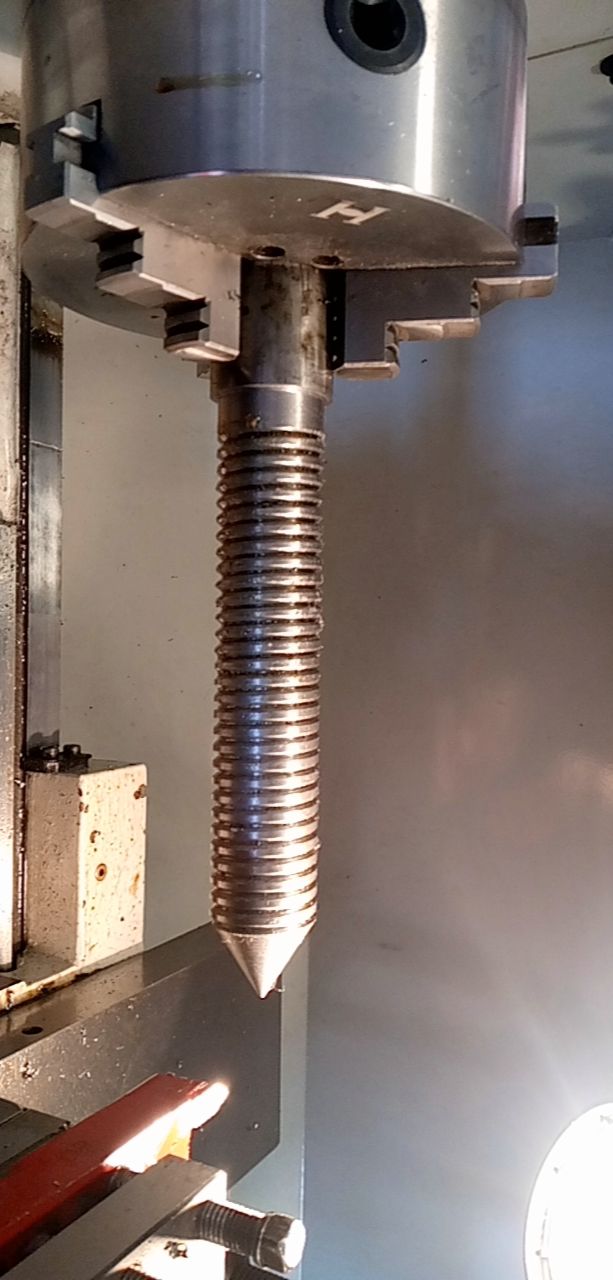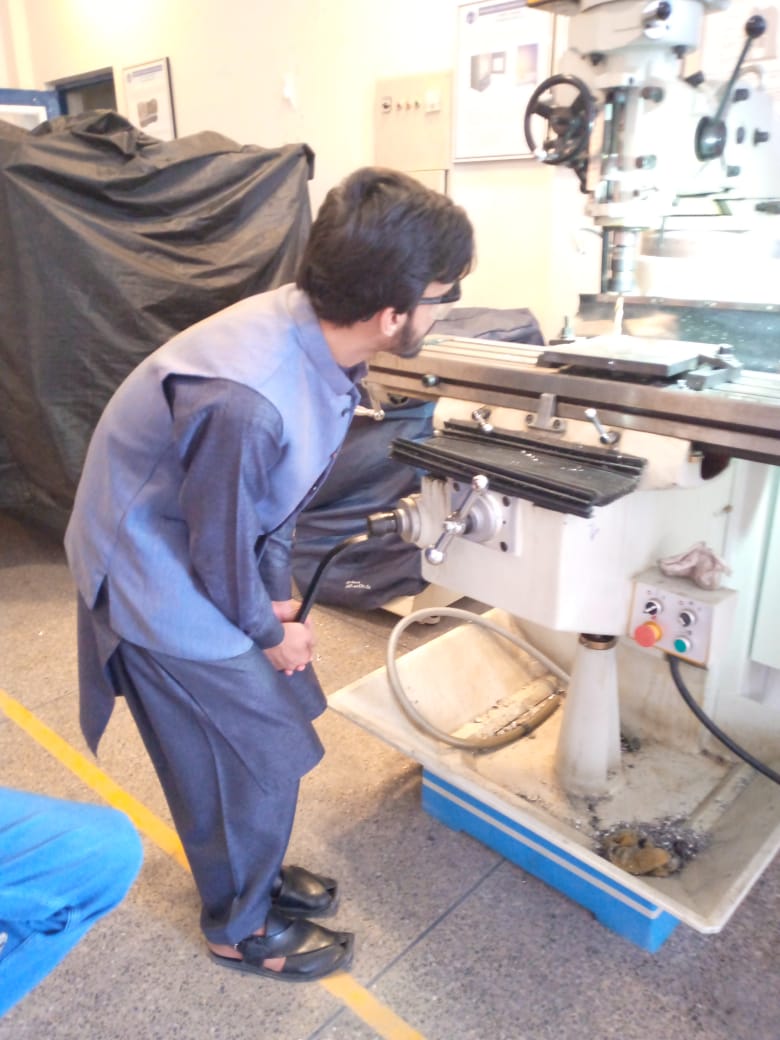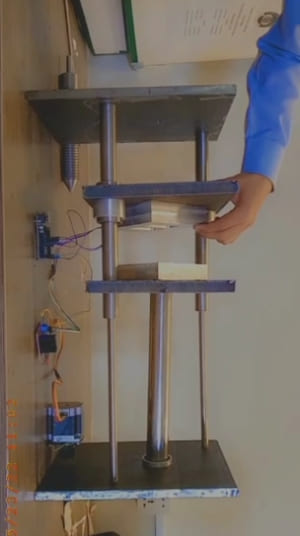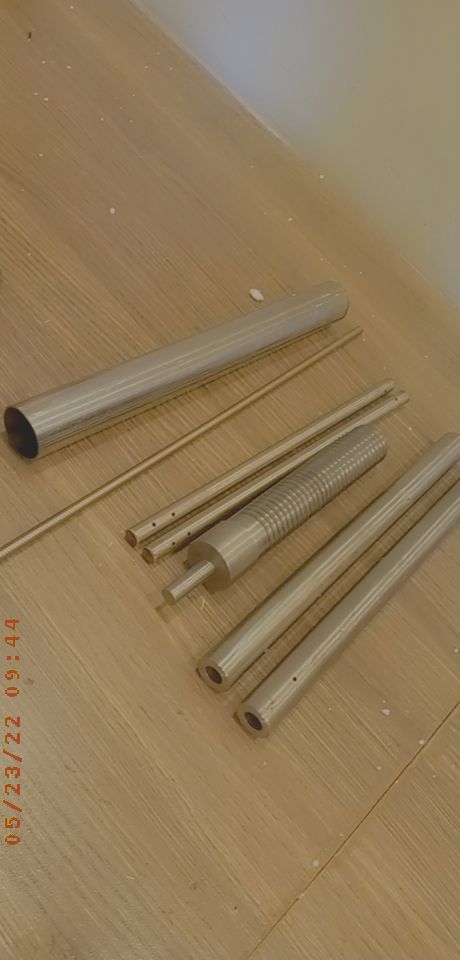1. The aim of this project is to design and fabricate an injection molding machine for a local and small scale manufacturing business. 2. Our world is facing a huge problem based on waste plastic. So, the purpose of making machine is to convert a waste plastic into a useful plastic part. SOCIAL AND ECONOMIC BENEFITS: 1. Our global is facing a huge problem primarily based on waste plastic. So, this machine can convert a waste plastic into a desired plastic object. 2. This project is also related to the entrepreneurship for the students, to start the business of low scales production industry. PROJECT METHODOLOGY: As a result, FYP must complete a four-stage project to develop an injection molded product, which includes product conceptual design, detailed 3D models and 2D engineering drawings, Moldflow simulation to improve the design, Mastercam to generate CNC tool path for mold fabrication, installing the mold and machine setup, fabricating the parts, inspecting the quality, and writing a self-reflection report to summarize the learning. This project depicts the whole cycle of injection molded component creation, providing students with a comprehensive understanding of how plastics parts are manufactured from client demands to market. Aside from the hands-on project, students' learning outcomes are assessed through ten homework assignments and two tests. The project is divided into the following stages:
(1) Injection molded plastic component design
(2) Moldflow simulation of designed parts (3) Mold design and fabrication with a CNC milling center (4) Injection molding of designed part PROJECT OUTCOME: Plastic injection molding is an exceptionally versatile way of creating plastic components that has several benefits over other plastic molding technologies. The technique is not only easier and more dependable than other ways, but it is also incredibly efficient. 1. High Productivity- Quick Production
There are various reasons why plastic injection molding is the most popular and efficient type of molding. When compared to other ways, the process itself is exceptionally rapid, and the high manufacturing output rate makes it even more efficient and cost-effective. The speed varies on the intricacy and size of the mold, but each cycle lasts only approximately 15-120 seconds. Because of the short time between cycles, a higher number of molds may be made in a shorter period of time, improving potential revenue and profit margins. At Rodon, we use an MRP system to run parts 24 hours a day, seven days a week (Material Requirement Planning System). While an MRP system cannot replace the expertise and knowledge of production managers, it may assist increase efficiency inside the facility, resulting in savings for the client. 2. Design of Complicated Parts
Injection molding is capable of handling exceedingly complicated pieces, as well as homogeneity and the capacity to produce millions of almost similar parts. Key design considerations should be considered to increase the efficacy of high-volume injection molding and the precision and quality of your products. The part design must be created in such a way that it maximizes the efficiency inherent in high-volume molding. Parts may be produced in a consistent and high-quality manner with the correct design. Without a good design, costly processing errors can occur. 3. Increased Strength
When developing a plastic injection molded product, one of the most important elements to consider is its strength. The designer must know if the part must be flexible or rigid in order to alter the integrating ribs or gussets. It's also crucial to understand how the client will use the part and what kind of environment it will be subjected to. 4. Material and color adaptability
Choosing the proper material and color for a project are two of the most important aspects of making plastic components. The choices are nearly limitless because of the great variety of both. Polymer advancements throughout the years have contributed to the development of a diverse range of resins from which to choose. It is critical to deal with an injection molder that has experience with a wide range of resins and applications, including FDA, RoHS, REACH, and NSF-compliant resins. Keep the following characteristics in mind when choosing a resin for your project: impact strength, tensile strength, the flexural modulus of elasticity, heat deflection, and water absorption. | 
